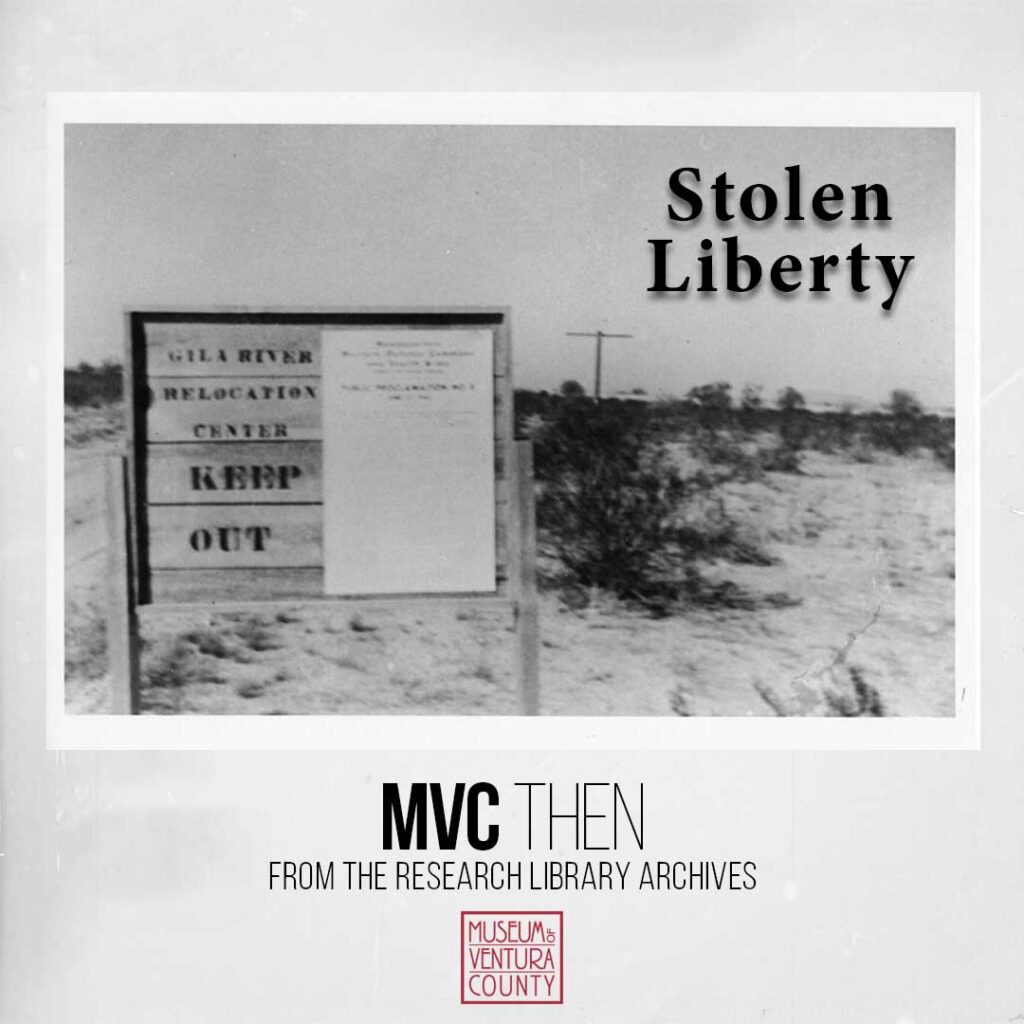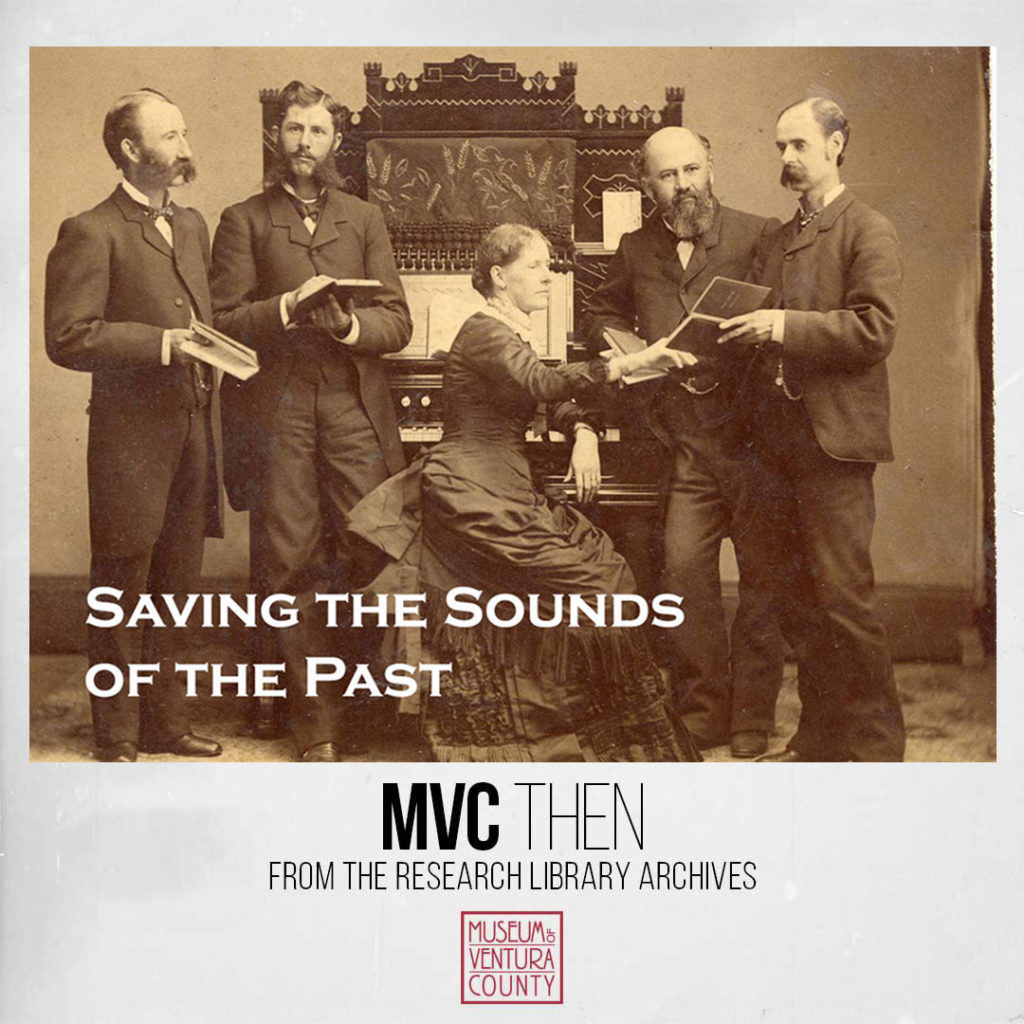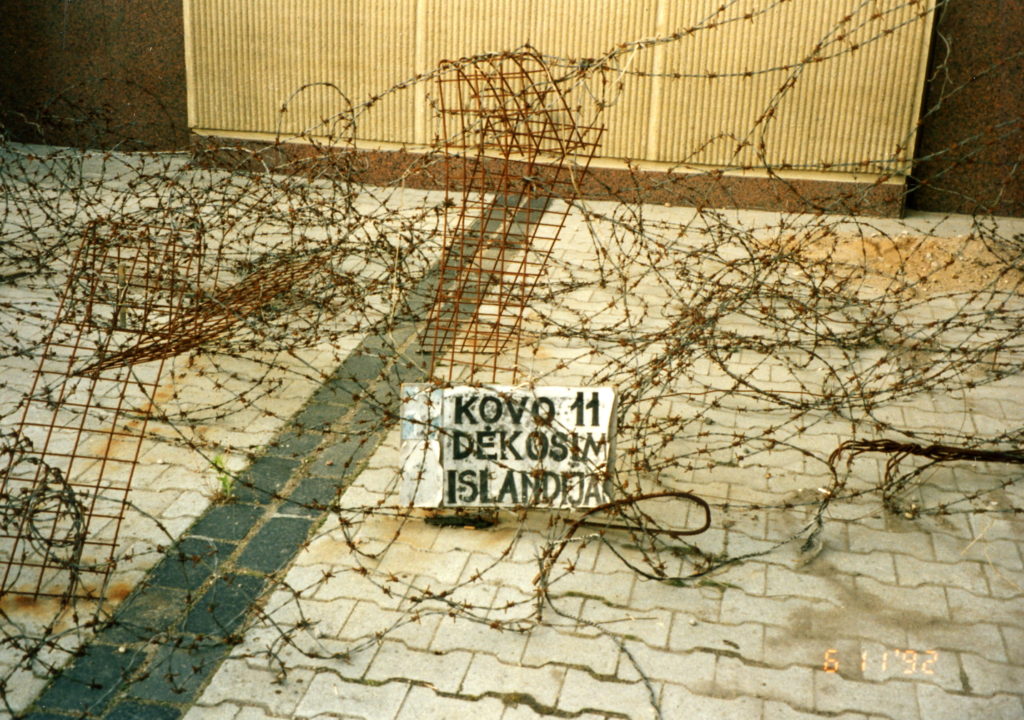
By Library Volunteer Andy Ludlum
When two pirate ships appeared off the California coast in November 1818, it was a moment the governor of the Royal Presidio of Monterey had been dreading for six weeks…
Source: Museum of Ventura County
Thoughts about things we find facinating

By Library Volunteer Andy Ludlum
When two pirate ships appeared off the California coast in November 1818, it was a moment the governor of the Royal Presidio of Monterey had been dreading for six weeks…
Source: Museum of Ventura County

By Library Volunteer Andy Ludlum
The Sunday, December 7, 1941 edition of the Oxnard Press Courier ran a banner headline “FIRST WAR EXTRA” and described the surprise Japanese attack on Pearl Harbor. Wartime hysteria and long-simmering racial prejudice would lead to 120,000 people of Japanese descent losing their homes, farms, jobs, and businesses as they were forced to spend the next several years in desolate concentration camps….
Source: Museum of Ventura County

Americans woke up on March 29, 1941 to find many of their favorite radio stations had changed positions on the dial. The newspaper article above shows how it the change was explained to the public in Southern California.
Source: Radio World

By Library Volunteer Andy Ludlum
It was January 15, 1945, a chilly Monday evening near the end of World War II. Saticoy farmer…
Source: Museum of Ventura County

By Museum Volunteer Andy Ludlum
In March 1918, an Army cook named Albert Gitchell was hospitalized with a 104-degree fever at Camp Funston…
Source: Museum of Ventura County

By Museum Volunteer Andy Ludlum
Two pipe organs – each more than 150 years old – have traveled to Ventura County from the…
Source: Museum of Ventura County

I took this photo in June 1992 in front of the Lithuanian Parliament building.
The barbed wire was from 1990-1992 when leaders of the newly independent State of Lithuania barricaded themselves in the building which was the “heart of Lithuania” and political center of the country.
“Kovo 11” means March 11, the day in 1990 when Lithuania became the first Soviet state to dare to declare its independence from the Soviet Union. “Islandja” refers to Iceland, the first country to recognize Lithuania’s independence.
The Soviets grudgingly accepted Lithuanian independence a year and a half later in September, 1991. The barbed wire and other signs of the barricades were still there when I took this picture 9 months later in a symbolic protest of the Red Army troops that were still stationed in the country.

By Museum Volunteer Andy Ludlum
On New Year’s Day 1919 Phillip Van der Meide, the manager of Ventura’s bath house said that after…
Source: Museum of Ventura County

By Andy Ludlum, Museum Volunteer
Ortwin Holdt and his fellow workers stood on stools and peered over a fence in Saticoy to watch…
Source: Museum of Ventura County

Note: This article refers to my old friend Frank Abe who has done some very important writing about John Okada.
John Okada’s “No-No Boy” captures the injustice of incarcerating Japanese-Americans during World War II — and serves as a warning today for our own fractured society.
Source: www.nytimes.com